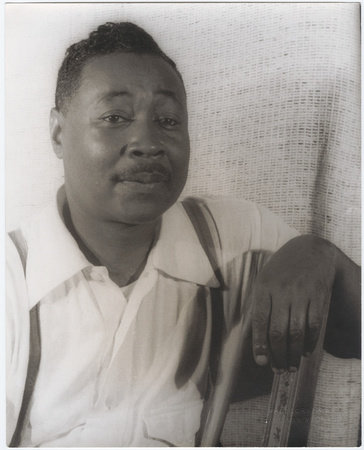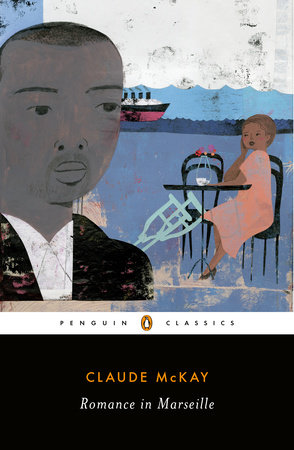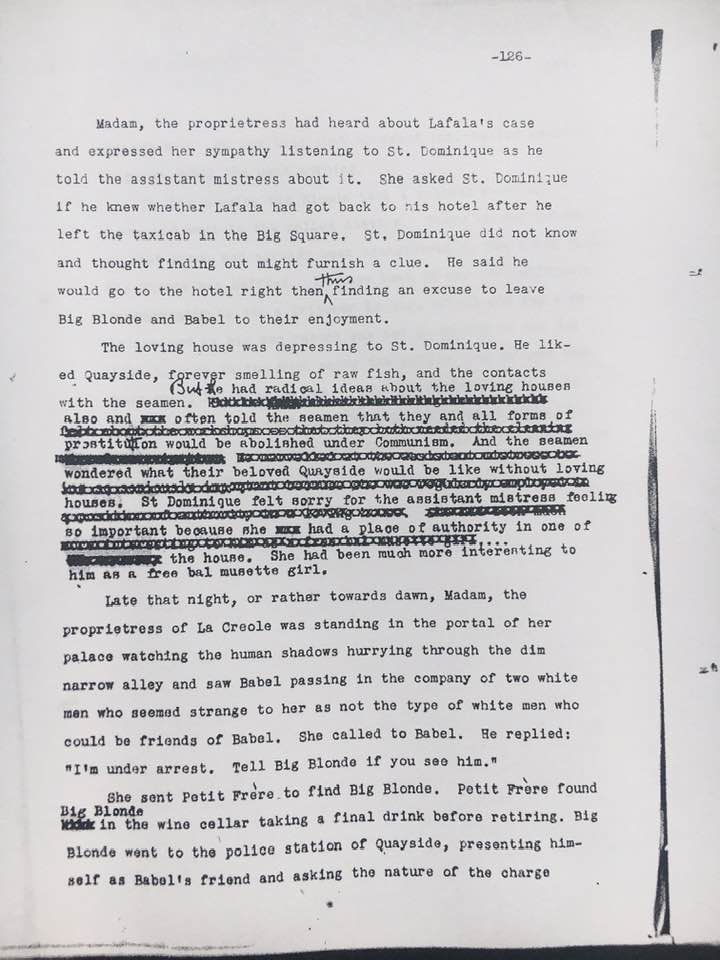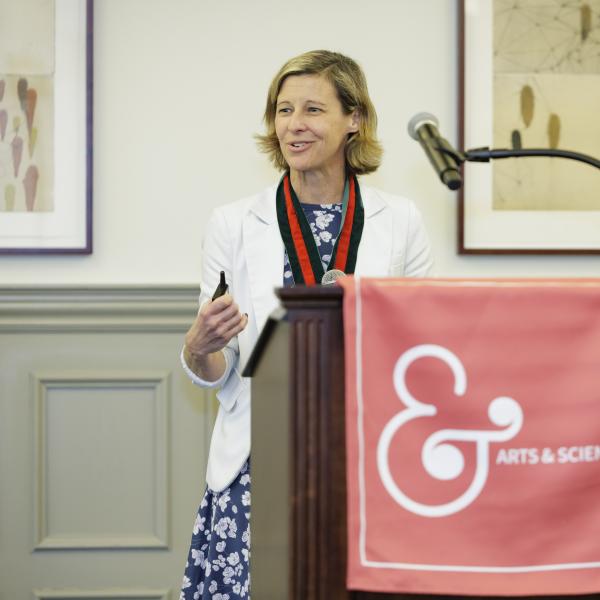William J. Maxwell reveals the editorial process of preparing an unpublished novel by a great American writer for publication for the very first time.
What does the process of editing a scholarly edition of a novel look like?

William J. Maxwell, alongside Gary Edward Holcomb, is the co-editor of the first edition of Claude McKay’s Romance in Marseille. Editing McKay’s text was “freeing up a book that had spoken only to a small scholarly audience, those who had read the draft in the Schomburg Center for Research in Black Culture at the New York Public Library in Harlem,” said Maxwell.
Scholarly editing engages with questions about authorial intention and meaning on a concrete level, particularly when the text in question has never been published before. The editor has to make sense of a maze of pencil marks and annotations in order to come to the best version of a text.
“When doing this kind of work, we need to think about fundamental questions such as when does an author sign off on his or her text? Is it the moment of conception, or is it the moment of fulfillment—even of a kind of death—when you send it off to the publisher and hold your peace?” said Maxwell, professor of English and African and African-American studies. “So, there are lots of basic questions about the nature of creativity involved, including when a creative act is completed.”

Claude McKay was a major figure in the Harlem Renaissance, famous for militant Shakespearian sonnets such as “If We Must Die” and as the author of the movement’s first breakthrough novel, Home to Harlem. He began Romance in Marseille while living in Barcelona in 1929 but never published it because of pressure from his agents, editors, and publishers over its frank depictions of queer sexuality. The novel is based on the true story “of a Nigerian seaman who lost his lower legs stowing away on a transatlantic freighter, but then had the ‘fortune in misfortune,’ as McKay phrases it, of suing the shipping line and winning a large sum of money as damages,” said Maxwell. “The novel explores how a person who’s suddenly physically disabled can return to social and sexual life, which also has a symbolic life in the book as a return to Black wholeness after the injuries of slavery and colonialism.”
McKay had tabled the novel by the mid-1930s, whose single completed copy eventually found its way in typescript to the Schomburg Center. An earlier, incomplete version of the novel, donated during McKay’s lifetime, exists at the Beinecke Library at Yale. Both typescripts are filled with cross-outs and handwritten annotations. Maxwell and Holcomb “had to take out their magnifying glasses and compare one version to the next and figure out what McKay’s best intent was. We had to make scholarly and artistic decisions about the right word,” Maxwell said. Maxwell is something of an expert in McKay’s handwriting, having previously edited McKay’s Complete Poems in 2004.
 Yet Romance in Marseille existed in a relatively complete format in the archive compared to similarly “lost” novels. The longer of the two versions that survive was clearly the later edition. It was “unlike the editing process for a novel like Ralph Ellison’s Juneteenth, the long-delayed follow-up to Invisible Man,” Maxwell observed, “which had hundreds and hundreds of variations fussed over for three decades—in handwritten notes, typescripts, and computer files—that needed to be resolved.”
Yet Romance in Marseille existed in a relatively complete format in the archive compared to similarly “lost” novels. The longer of the two versions that survive was clearly the later edition. It was “unlike the editing process for a novel like Ralph Ellison’s Juneteenth, the long-delayed follow-up to Invisible Man,” Maxwell observed, “which had hundreds and hundreds of variations fussed over for three decades—in handwritten notes, typescripts, and computer files—that needed to be resolved.”

The biggest challenge, he says, was “trying to place the novel into McKay’s literary history and the larger history of modern Black letters because people who were not McKay specialists had not confronted or written about it before.” Born in Jamaica, McKay traveled extensively in Europe and wrote with an ear for French slang. “To edit Claude McKay properly, you have to get the vernacular and the formal French right,” Maxwell said. “Romance in Marseille is a deeply international book. There is a lot of everyday Marseille French, more learned references to African history and African-American music, as well as slang terms and now-obscure jokes from the Jazz Age. There are also North African characters in the novel who are nonobservant but believing Muslims, and thus references to both North African and Islamic culture and their distinctive blending that we needed to translate.”
A handful of scholars had been aware of the existence of Romance in Marseille for years. While unpublished, however, it represented an important untold part of the history of queer Black culture during the Harlem Renaissance. “It wasn’t a question of discovering the book from scratch,” Maxwell said. “It was a question of preparing and unleashing the book for its public debut.”
Since its publication in February, McKay’s novel has been lauded by The New York Times, The Washington Post, The Wall Street Journal, and Vulture, among others. Maxwell attributes its popularity in part to its inclusion in the landmark Penguin Classics series. He also notes, though, that “in certain ways, it is an anti-quarantine book. It’s a book about travel and sexual exploration. It’s a book about parties, cafes, and head-to-head meetings in crowded spaces where beguine and jazz music are being played and social distancing is unthinkable. It’s a novel of social intimacy that almost seems calculated as an antidote to the lockdown that millions across the world were forced to experience just weeks after the book was published.”



